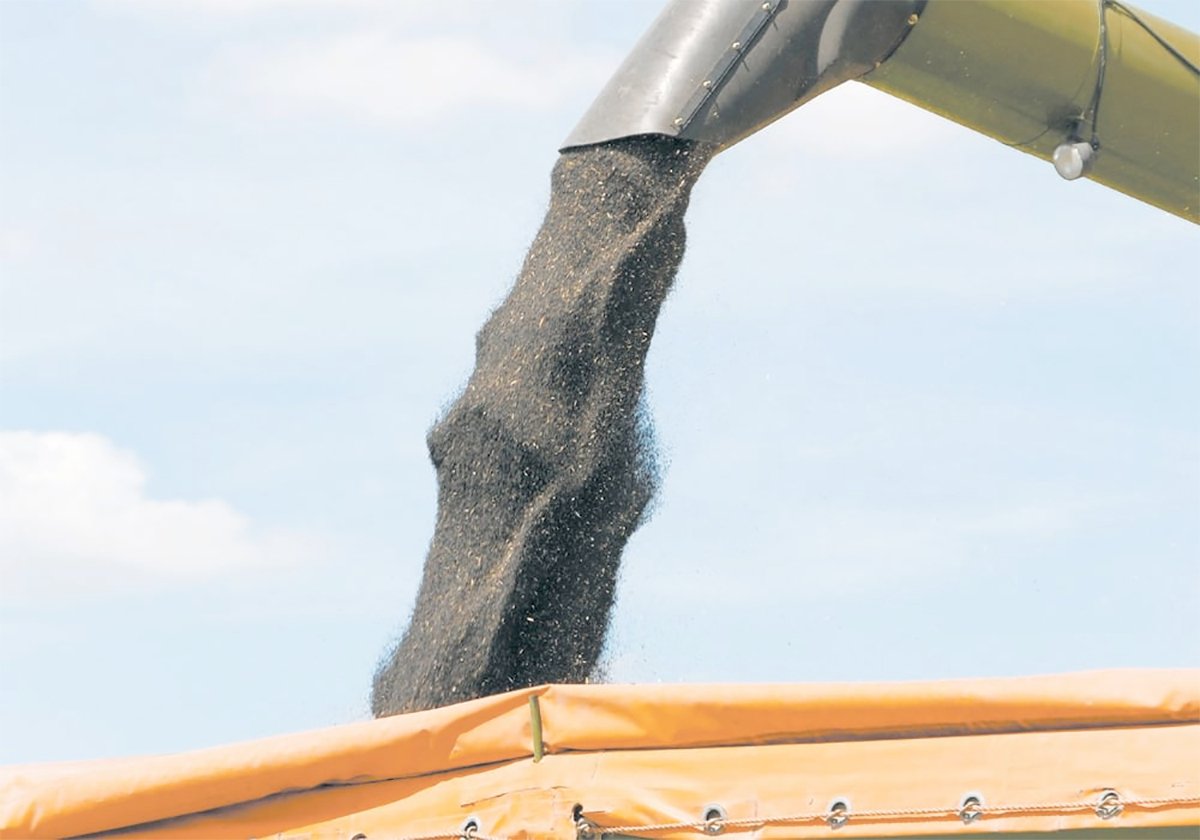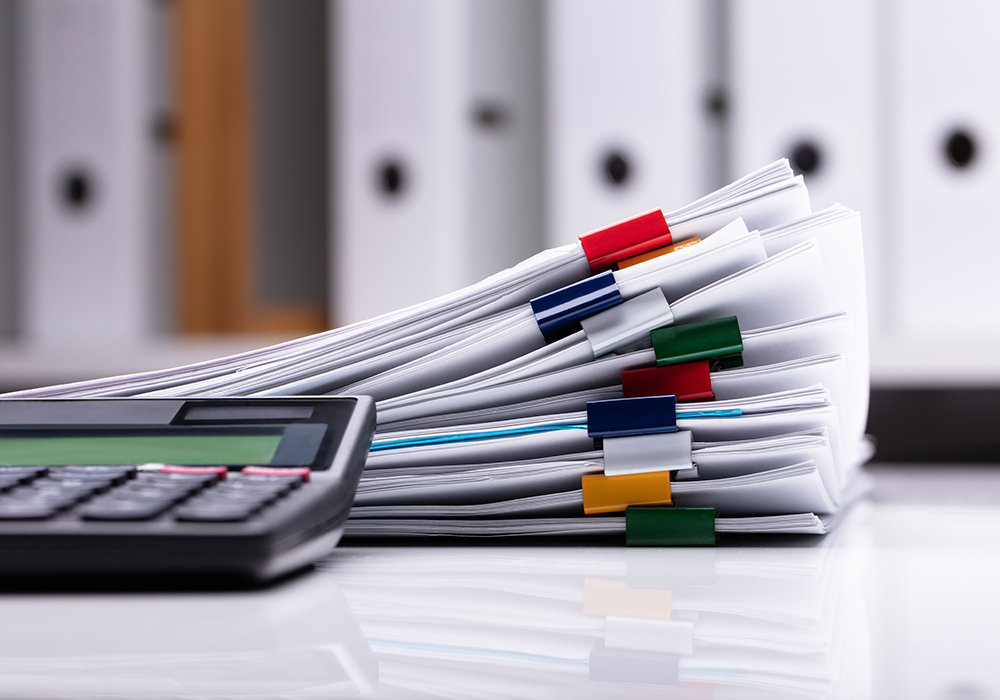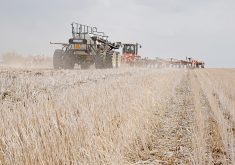It’s that time of year again — harvest.
Oh, and don’t forget — AgriInvest and AgriStability applications are due Sept. 30.
The AgriStability and AgriInvest programs can be intimidating because of the complexity of records required. Let’s make it easier by breaking down the filing process into two parts and perhaps it can make next year’s applications easier.
The first part of the process is to maintain proper record keeping of income and expenses.
The programs have designated certain types of income and certain types of expenses as allowable or non-allowable. Your allowable income and expenses will give you the matchable deposit provided by the government.
Read Also

Determining tariff compensation will be difficult but necessary
Prime minister Mark Carney says his government will support canola farmers, yet estimating the loss and paying compensation in an equitable fashion will be no easy task, but it can be done.
By separating your farm income and expense items into allowable and non-allowable, your accountant will be more efficient in preparing your return. This will also improve the accuracy of your filing and will provide a better insight into the financial performance of your farm.
Here are a few tips for improving farm records based on common issues we encounter:
- Distinguish between purchases of prepared feed and commodity feed purchases. Although they are both allowable expenses, they are treated different in the calculation of margins and benefits.
- Wages that are paid to family members and other related parties are non-allowable expenses for the benefit calculation. You should track your arm’s-length (hired workers) and non-arm’s-length wages paid (payments to family) separately.
- Make a separation between insurance proceeds received and insurance premiums paid. One is income for the programs, while the other is an expense. These are recorded separately on the supplemental forms.
- Custom feeding should be separated from feed sales and other custom work income.
The second component to the AgriStability is the preparation of the supplemental form.
It tracks your inventory from the beginning of the year to the end of the year. It includes details like the number of acres planted, seed used, and crop production, in addition to amounts fed and feed purchases, and sales, births and deaths of your livestock.
The easiest way to ensure your form will be accurately and efficiently filled out will be to maintain proper record keeping throughout the year.
Crops, for example, require records on the number of acres that were planted, seed used on those acres, the amount of crop produced and sold and any amounts fed to animals on the farm.
It’s always good to check how your information flows. Start by using your beginning inventory and add in any inventory purchases and your production. Then back out your sales and the amount fed to try and reach your ending inventory. If your numbers don’t work out, you likely a missed transaction.
With these tips, your records will be more accurate and give you better insight into your farm. You may also benefit from reduced accounting fees.
Finally, if it seems impossible to have your application submitted by Sept. 30, they will be accepted until Dec. 31. Your benefit will be reduced by $500 for each month (or part of a month) you submit your forms between the initial (September) and final (December) deadline.
If you want more information on the AgriStability and AgriInvest programs, check out the AgriStability and AgriInvest Programs Guide available on Canada Revenue’s website or contact a trusted professional.
Colin Miller is a chartered accountant and partner with KPMG’s tax practice in Lethbridge. Contact: colinmiller@kpmg.ca.















